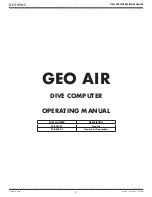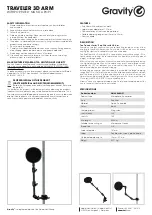
GUI reference
R&S
®
ZNA
341
User Manual 1178.6462.02 ─ 20
See
Receiving Port
Selects the receiving port for the signal from the output of the DUT.
Remote command:
[SENSe<Ch>:]FREQuency:IMODulation:RECeiver
Sweep and stimulus setup
IMD Sweep Type
The intermodulation distortion measurement can be performed with three different
sweep types. The sweep parameters to the right of the "IMD Sweep Type" selector
change accordingly.
"Lin Freq"
sweep type. The lower tone port
sweeps with channel settings (see
"Start Frequency/Stop Frequency/
Number of Points/Freq Step Size/Base Power"
on page 341), the
upper tone in parallel with a given
"Power"
sweep type. The lower tone port sweeps
with channel settings (see
"Start Power/Stop Power/Number of
on page 341), the upper tone in parallel with a
given
"Delta F"
sweep whose standard parame-
ters can be set in the dialog (see
"Start delta Freq./Stop delta Freq./
Number of Points/Base Power/CW Frequency/CW fixed to"
on page 342).
The frequency distance between lower tone and upper tone starts at
"Start Delta Freq." and ends at "Stop Delta Freq." (grows or shrinks
linearly). Either the lower tone or the upper tone remains at the con-
figured CW Frequency ("CW fixed to": "Lower Tone"/"Upper Tone").
As a third possibility, the center between lower tone and upper tone
can remain at the configured CW Frequency ("CW fixed to": "Center".
For the related parameters, see
"Start delta Freq./Stop delta Freq./
Number of Points/Base Power/CW Frequency/CW fixed to"
Start Frequency/Stop Frequency/Number of Points/Freq Step Size/Base Power
Standard parameters of a linear frequency sweep (see
Chapter 5.8, "Stimulus softtool"
Start Power/Stop Power/Number of Points/Fixed CW
Standard parameters of a power sweep (see
Chapter 5.8, "Stimulus softtool"
Delta Frequency
Defines the frequency difference between the upper and the lower tone for linear fre-
quency and power sweeps. The tone distance is kept constant across the entire
sweep.
Meas softtool
















































